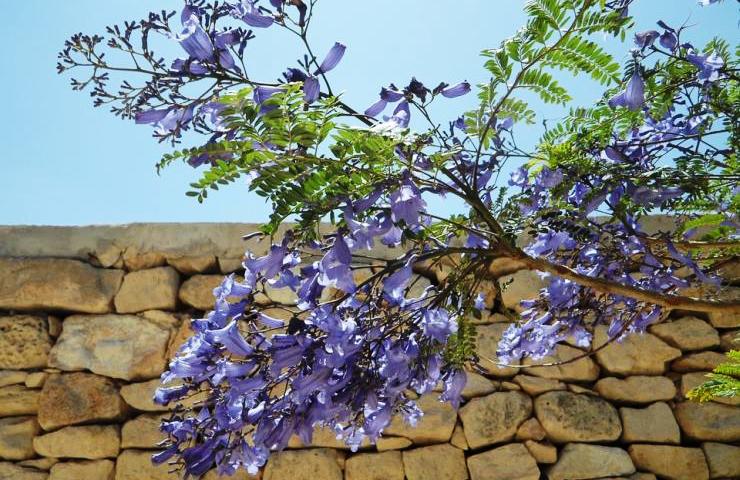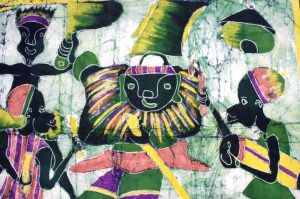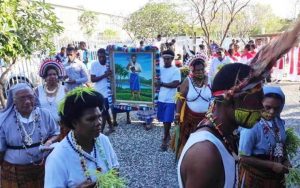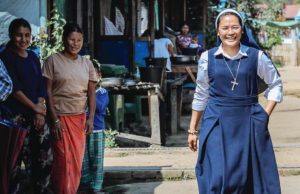When southern spring blooms, the streets of Harare and Pretoria are tinged with purple and lilac. In Zimbabwe and South Africa, during the spring season, which in the southern hemisphere begins in September, the large cities are coloured by the flowering of thousands of jacaranda trees (imported from South America at the end of the nineteenth century) which decorate pavements, streets and gardens.
In Zimbabwe, the southern spring blooms in all its splendour in the month of October. Leaving behind Samora Machel Avenue, the great central artery of the capital Harare, with its chaotic traffic, its skyscrapers and ministerial buildings, we cross the city northwards, along the streets that lead to the residential neighbourhoods with graceful colonial houses surrounded by lush gardens. The view is lost in the greenery of the parks, encountering the new face of the city, but, as soon as one crosses Josiah Tongogara Street, the visitor’s eyes and mouth open wide in ecstasy at the fantastic vision that welcomes them.
As if transported into a fairytale, you enter a tunnel with a completely purple vault almost a kilometre long. It is one of the many purple avenues of the city, where the foliage of the jacaranda trees that grow along both sides of the road come together to form a canopy which in spring is tinged with the purple colour of thousands of flowers, and when the petals fall to the ground, even the grey asphalt is coloured, creating a purplish carpet.
The best place to admire this explosion of colours is the wonderful avenue of Takawira Street, but jacaranda trees can be found in almost all gardens and city parks. In addition: the tree is present in many other capitals of southern Africa, such as Lilongwe, Lusaka and Gaborone. But it is above all in South Africa that this tree puts on a show. Cape Town is caressed by the purple of these flowering trees, but Pretoria is the city that holds the record, so much so that it is often called “Jacaranda City”.
Here there are over seventy thousand trees that decorate pavements, streets and gardens and which attract thousands of visitors with their flowering every year. The student tradition of the city, with the famous University of Pretoria, says that if jacaranda petals fall on the head of an examiner, he will pass the exam. In Pretoria the jacaranda has earned the nickname “exams tree” because the exam period coincides with its flowering!
Despite having become one of Southern Africa’s most iconic trees, the jacaranda tree is not indigenous to the African continent. Imported for urban decorative use in the 19th century by European settlers, Jacaranda Mimosifolia is native to South America, where it grows widely in Argentina, Bolivia and Brazil at altitudes between 1,500 and 2,500 meters above sea level.
With its reddish trunk with relatively smooth bark and wide, uniform foliage, the jacaranda can reach 20 meters in height. Paripinnate and compound leaves grow from thin branches, up to 45 centimetres long, but the leaflets do not exceed one centimetre. The composition of leaflets, which can reach up to twenty pairs in the main leaf, is vaguely reminiscent of a fern.
The flowers are certainly the most fascinating part of the tree, with its characteristic purple, lilac or, more rarely, white colour. They grow to a peak in spring towards the end of September and into October, and last for about two months. The fruits appear in the form of woody capsules, whose shape resembles an oyster; and, just like the shell of an oyster, they open, releasing the winged seeds, which then spread and germinate.
Despite being classified by the International Union for Conservation of Nature (IUCN) as a “vulnerable” species, the jacaranda is a highly invasive tree, so much so that South Africa has decided to ban its proliferation in gardens. Only its enormous popularity prevented a massive eradication campaign. (Gianni Bauce/Africa)







